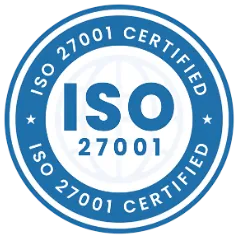How to Calculate Depreciation on Equipment?
Welcome to our comprehensive guide on calculating depreciation for equipment! Depreciation is a fundamental concept in accounting and finance, and understanding how it applies to equipment is essential for businesses and individuals alike. In this blog, we will break down the concept of depreciation in simple terms and provide you with easy-to-follow methods to calculate depreciation on your equipment. Whether you're a business owner managing your company's assets or an individual looking to understand the financial implications of equipment ownership, this guide is here to demystify depreciation and empower you with the knowledge to make informed decisions. Let's delve into the world of depreciation and equip ourselves with the tools to navigate this vital aspect of financial management.
Methods of Depreciation Calculation
When it comes to calculating depreciation on equipment, there are various methods to choose from. Each method offers a different approach to spreading the cost of the equipment over its useful life. Let's explore some of the common methods:
- Straight-Line Depreciation: The straight-line method is the simplest and most widely used depreciation method. It evenly distributes the cost of the equipment over its useful life. To calculate depreciation using this method, you take the original cost of the equipment, subtract its estimated salvage value (the value it is expected to have at the end of its useful life), and then divide this amount by the number of years of useful life. The result gives you the depreciation expense for each year.
- Declining Balance Depreciation: This method, also known as the reducing balance method, applies a higher depreciation rate to the equipment's book value in the early years, gradually decreasing the depreciation expense over time. The formula involves multiplying the depreciation rate by the equipment's beginning-of-year book value. While this method results in higher depreciation expenses initially, it can be suitable for equipment that experiences more significant wear and tear in its early years.
- Units of Production Depreciation: Ideal for equipment whose usage varies from year to year, this method bases depreciation on the actual output of the equipment rather than its years of service. To calculate depreciation using this method, you divide the total estimated production units for the equipment's useful life by its total cost (original cost minus salvage value). Then, you multiply this fraction by the actual production units in a given year to find the depreciation expense for that specific period.
- Sum-of-the-Years'-Digits Depreciation: This method accelerates depreciation like the declining balance method but is less aggressive. It considers the sum of the digits of the useful life (e.g., for a 5-year useful life, the sum would be 15, as 1+2+3+4+5 = 15). In each year, you divide the remaining years of useful life by the sum of the digits to find the depreciation rate for that year. Multiply this rate by the equipment's original cost minus accumulated depreciation to calculate the depreciation expense.
- Double Declining Balance Depreciation: An aggressive method, the double declining balance method applies a depreciation rate that is double the straight-line rate. This results in higher depreciation expenses in the initial years, gradually decreasing over time. To use this method, start with the equipment's original cost, apply the double depreciation rate, and repeat the process each year on the declining book value until the salvage value is reached.
Choosing the most appropriate depreciation method depends on factors such as the equipment's expected usage, its useful life, and the financial goals of the organization. By understanding these methods, you can make informed decisions about how to account for equipment depreciation in your financial statements and effectively manage your assets.
Also Read: Productive Asset & Equipment Management: Gym & Fitness Chains
What are the different factors which can determine Depreciation?
- Asset's Useful Life: The useful life of an asset is a significant factor in determining depreciation. It refers to the estimated number of years the asset is expected to be productive and provide value to the business. A longer useful life generally means lower annual depreciation expenses, while a shorter useful life leads to higher annual depreciation.
- Residual or Salvage Value: The residual or salvage value represents the estimated worth of the asset at the end of its useful life. A higher residual value implies that the asset will retain more of its original cost, resulting in lower depreciation expenses over time. Conversely, a lower residual value means higher depreciation expenses.
- Depreciation Method Chosen: As mentioned earlier, different depreciation methods yield varying depreciation expenses. Choosing a method that suits the organization's needs, accounting practices, and asset characteristics can significantly impact the depreciation amounts reported on financial statements.
- Depreciation Rate or Percentage: Some methods, like the straight-line method, rely on a fixed depreciation rate or percentage. The chosen rate determines the portion of the asset's cost to be expensed each year. Higher depreciation rates lead to quicker expense recognition, while lower rates spread the expense over a more extended period.
- Usage of the Asset: For certain assets, their usage directly affects their depreciation. Methods like units of production consider the actual output or usage of the asset to calculate depreciation. The more an asset is used, the higher the depreciation expense will be for that specific period.
It's crucial to evaluate these factors when determining the most suitable depreciation method for an organization's assets. By understanding how each factor influences depreciation, businesses can make informed decisions that align with their financial goals and reporting requirements.
Calculating depreciation on equipment involves a few practical steps. Let's walk through the process step-by-step
Step 1: Determine the Cost of the Equipment
Start by identifying the original cost of the equipment. This includes the purchase price, as well as any additional costs incurred to get the equipment ready for use, such as shipping, installation, or setup fees.
Step 2: Estimate the Residual Value
Next, estimate the residual value or salvage value of the equipment. This is the expected value of the equipment at the end of its useful life. It's important to base this estimate on realistic market values or previous experiences with similar equipment.
Step 3: Calculate the Useful Life
Determine the useful life of the equipment. This is the period over which the equipment is expected to remain productive and provide value to the business. The useful life can be expressed in years, months, or even based on the number of units the equipment is expected to produce.
Step 4: Choose a Depreciation Method
Select the most suitable depreciation method for the equipment. This could be the straight-line method, declining balance method, units of production method, or any other method that aligns with the equipment's characteristics and usage pattern.
Step 5: Calculate Annual Depreciation Expense
Using the chosen depreciation method, calculate the annual depreciation expense for each year of the equipment's useful life. For example, if you're using the straight-line method, divide the difference between the original cost and the residual value by the useful life to get the yearly depreciation expense.
Step 6: Record Depreciation in Financial Statements
Finally, record the calculated depreciation expense in the organization's financial statements for each accounting period. This typically involves debiting the depreciation expense account and crediting the accumulated depreciation account.
Step 7: Update Depreciation for Each Accounting Period
As each accounting period passes, update the depreciation expense and the accumulated depreciation account accordingly. The book value of the equipment (original cost minus accumulated depreciation) will decrease each period until it reaches the estimated residual value.
By following these practical steps, businesses can accurately calculate depreciation on equipment and effectively manage their asset values over time. Remember to review and reassess estimates regularly, as changes in equipment usage or market conditions may warrant adjustments to the depreciation calculations.
Depreciation calculation holds significant importance for both financial reporting and tax purposes. Let's explore its significance in each context
Importance for Financial Reporting
- Accurate Asset Valuation: Depreciation allows businesses to reflect the reduction in the value of their assets over time. By recording depreciation expenses in financial statements, companies can present a more accurate representation of the true value of their assets, reflecting their wear and tear as they contribute to generating revenue.
- Matching Principle: Depreciation aligns with the matching principle in accounting, which states that expenses should be recognized in the same accounting period as the revenues they helped generate. Since assets contribute to revenue generation over multiple periods, recognizing their costs through depreciation ensures a more accurate matching of expenses to the periods in which they are useful.
- Income Statement Accuracy: Depreciation impacts the net income reported on the income statement. By deducting depreciation expenses from revenues, businesses can calculate their operating income, providing stakeholders with a clearer picture of the company's operational performance and profitability.
- Balance Sheet Presentation: Accumulated depreciation is presented on the balance sheet as a contra-asset account, offsetting the original cost of the assets. This presentation provides transparency on the asset's historical cost, its estimated useful life, and the amount of depreciation expense incurred.
Importance for Tax Purposes
- Reducing Taxable Income: Depreciation is considered a deductible expense for tax purposes in many jurisdictions. By claiming depreciation deductions, businesses can reduce their taxable income, ultimately lowering their tax liability and preserving more funds for operational and investment purposes.
- Capital Expenditure Deduction: For tax purposes, certain equipment purchases may qualify for immediate or accelerated depreciation deductions under tax laws or regulations. This encourages investment in new equipment and stimulates economic growth.
- Tax Planning and Cash Flow Management: Properly managing depreciation can help businesses strategically plan their tax liabilities and optimize cash flow. By aligning the depreciation method with the company's financial goals, they can take advantage of available tax benefits.
- Tax Compliance: Accurate depreciation calculations are essential for tax compliance. Incorrectly reported depreciation expenses may lead to tax penalties or audits, causing unnecessary disruptions to the business.
In conclusion, depreciation calculation serves as a fundamental aspect of financial reporting and tax planning for businesses. By accurately accounting for the decrease in the value of assets over time, organizations can present a more accurate financial position, optimize their tax liabilities, and make informed decisions about asset management software and investment strategies.
Also Read: Asset Management Solution for Efficient Office Equipment Tracking
Conclusion
In essence, the calculation of depreciation holds immense importance for financial reporting and tax purposes. It enables businesses to accurately represent the value of their assets over time, align expenses with revenue generation, and make informed financial decisions. Furthermore, depreciation deductions offer tax benefits, reducing the tax burden and aiding cash flow management. By comprehending the role of depreciation in these vital areas, organizations can navigate their financial landscape with greater precision and efficiency, propelling them towards sustainable growth and success.


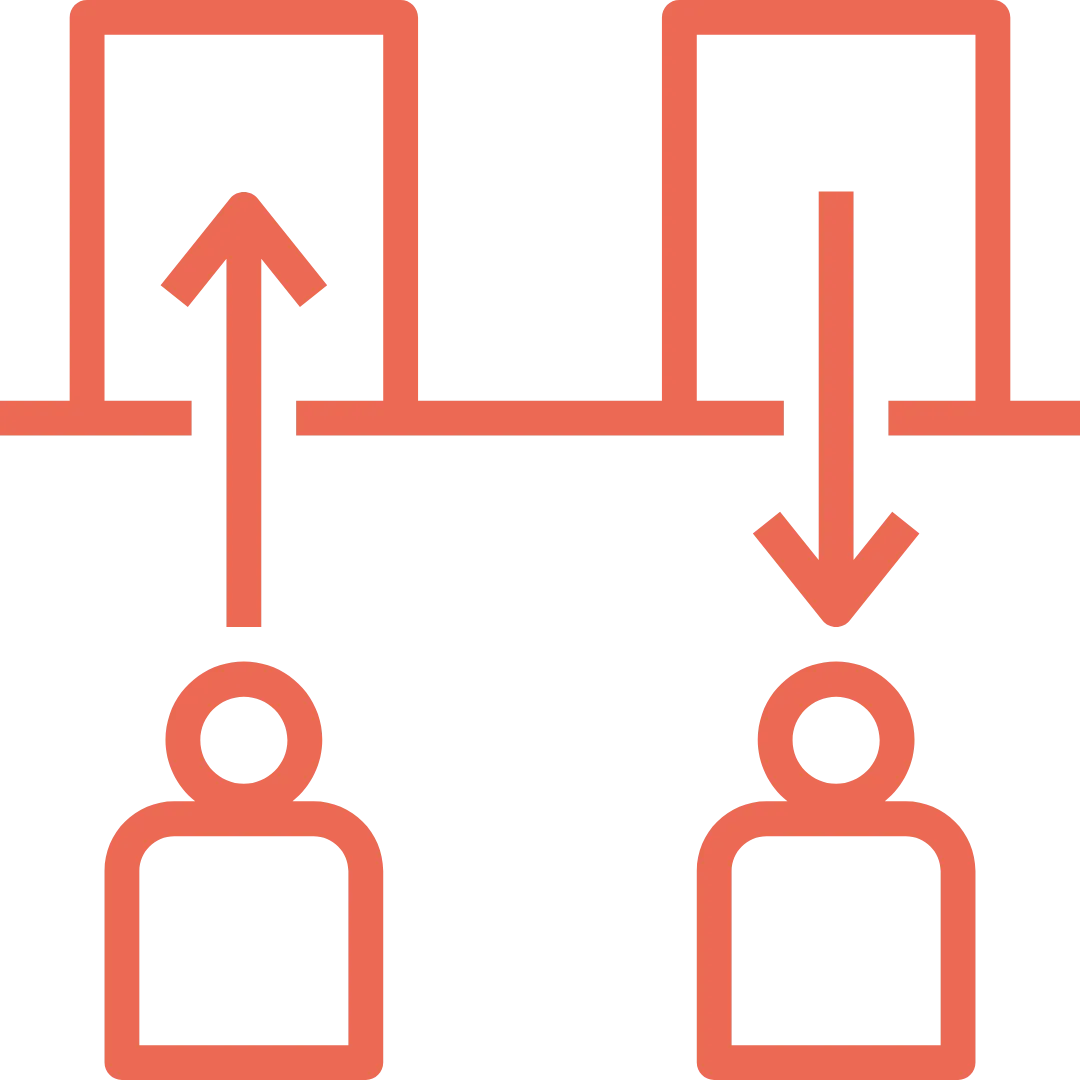

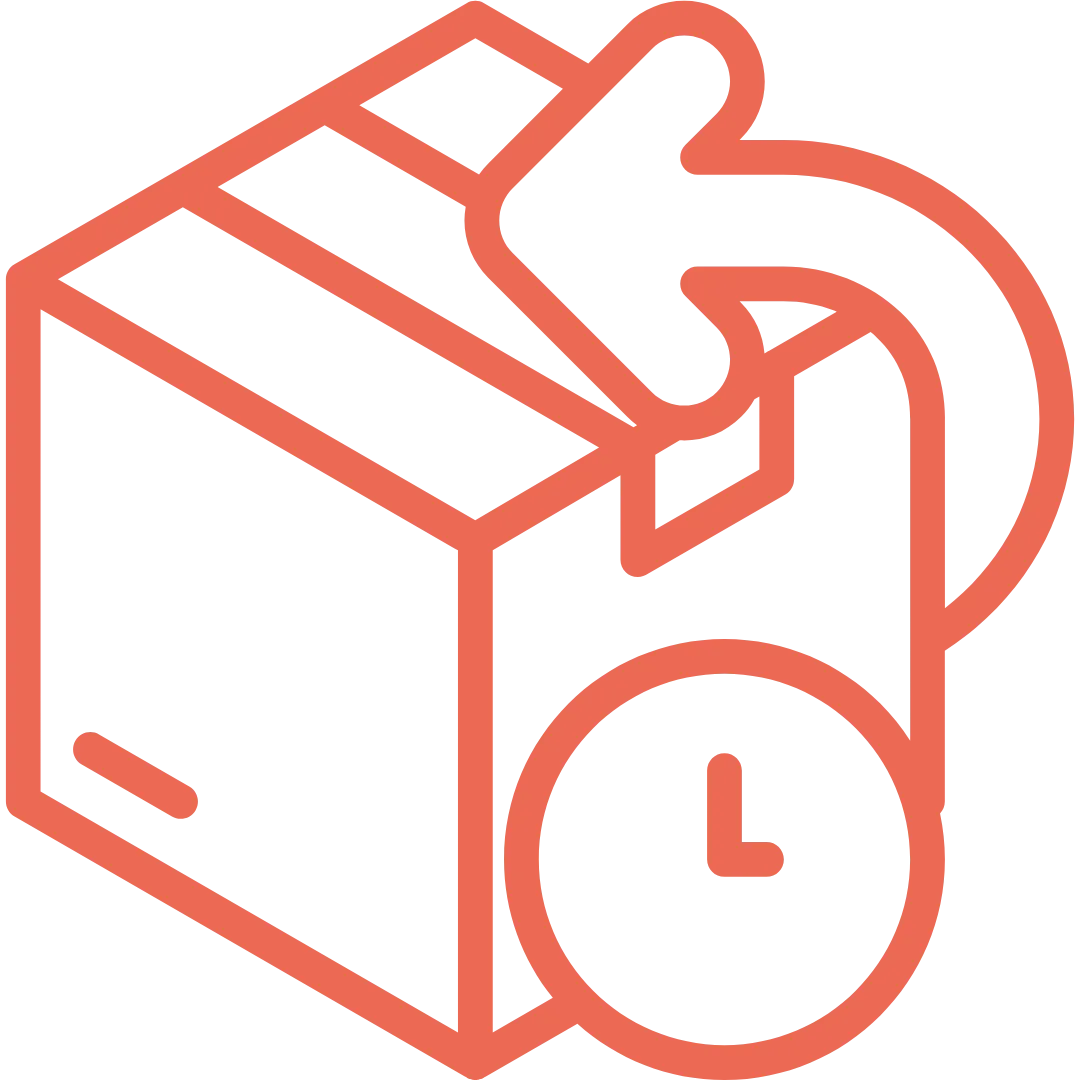


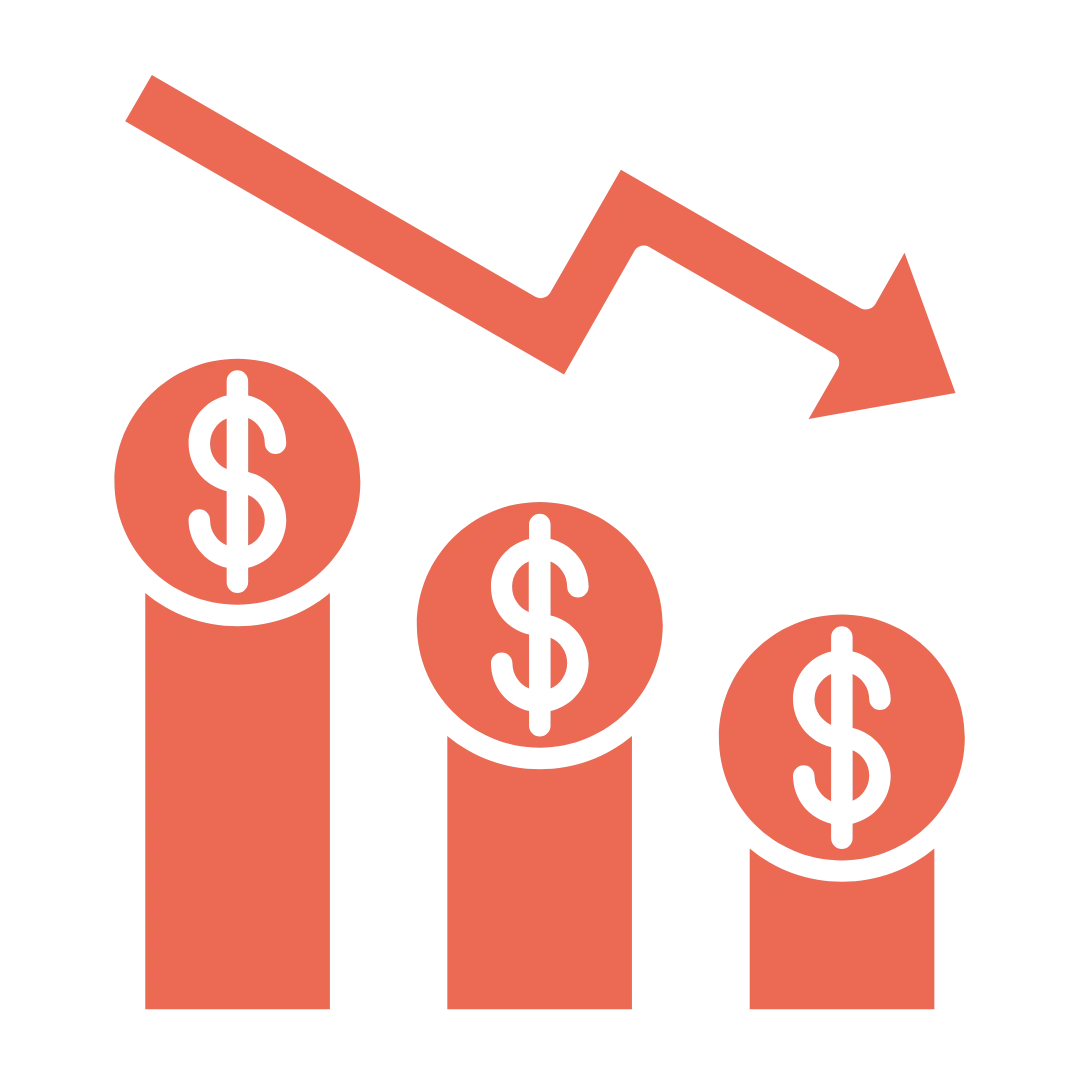

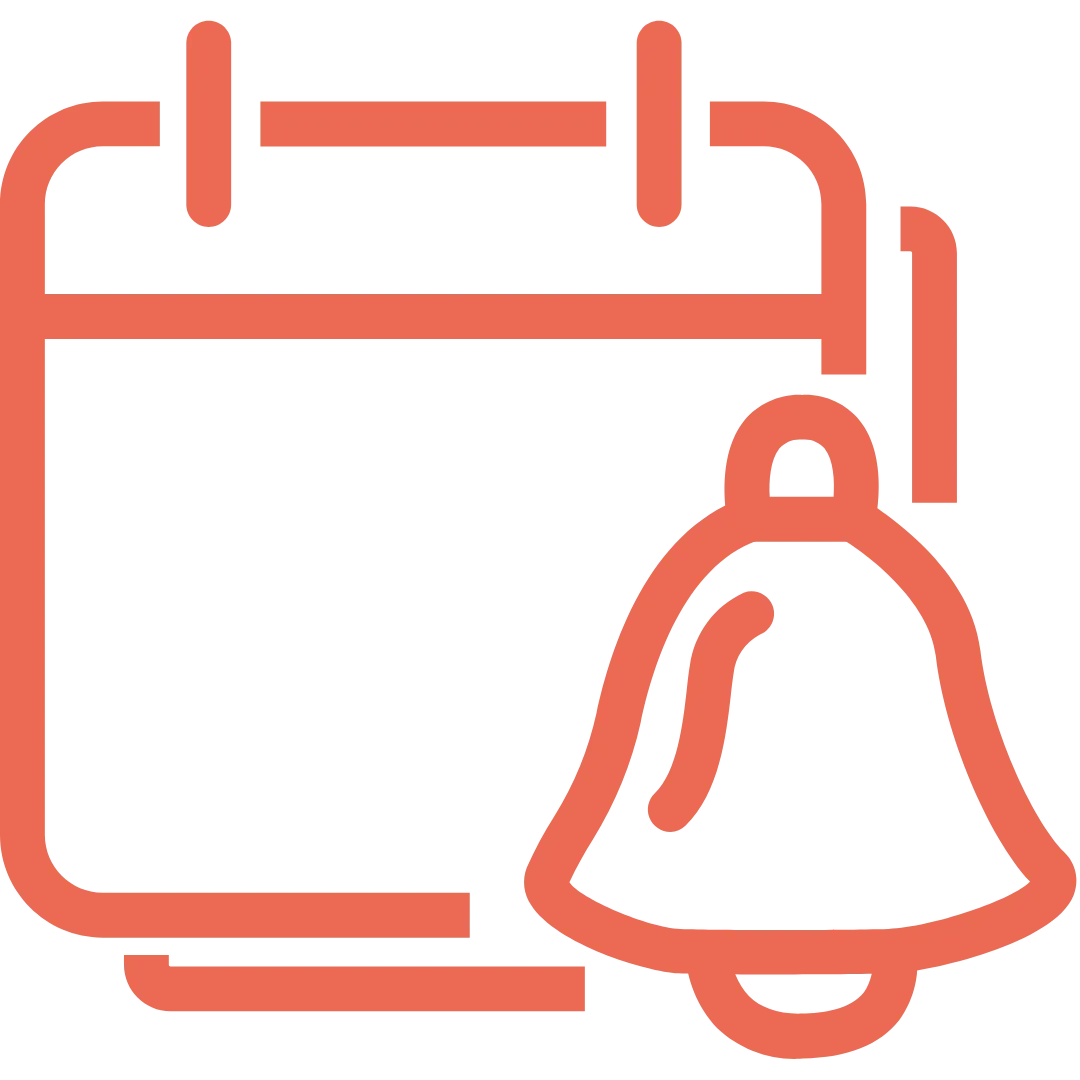

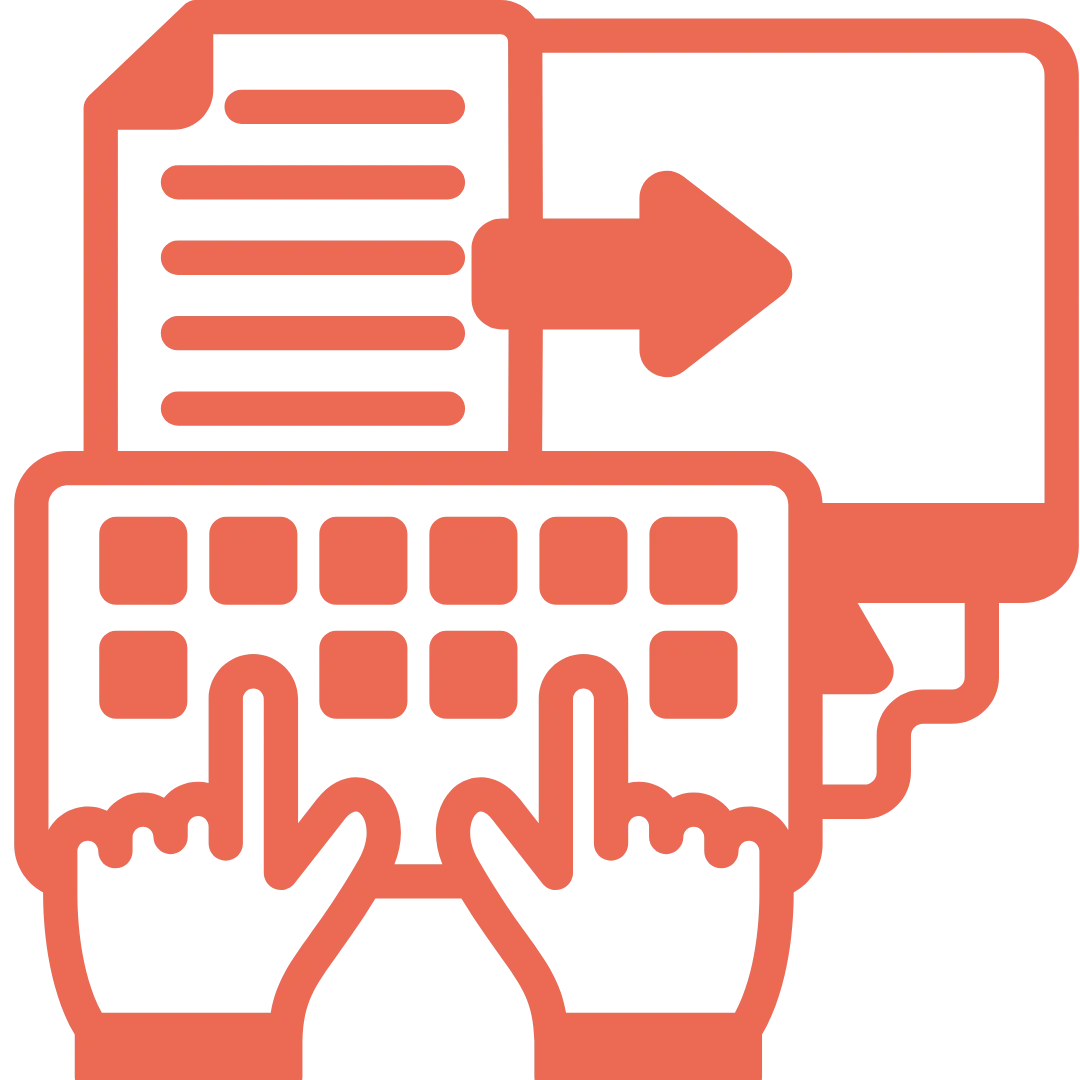
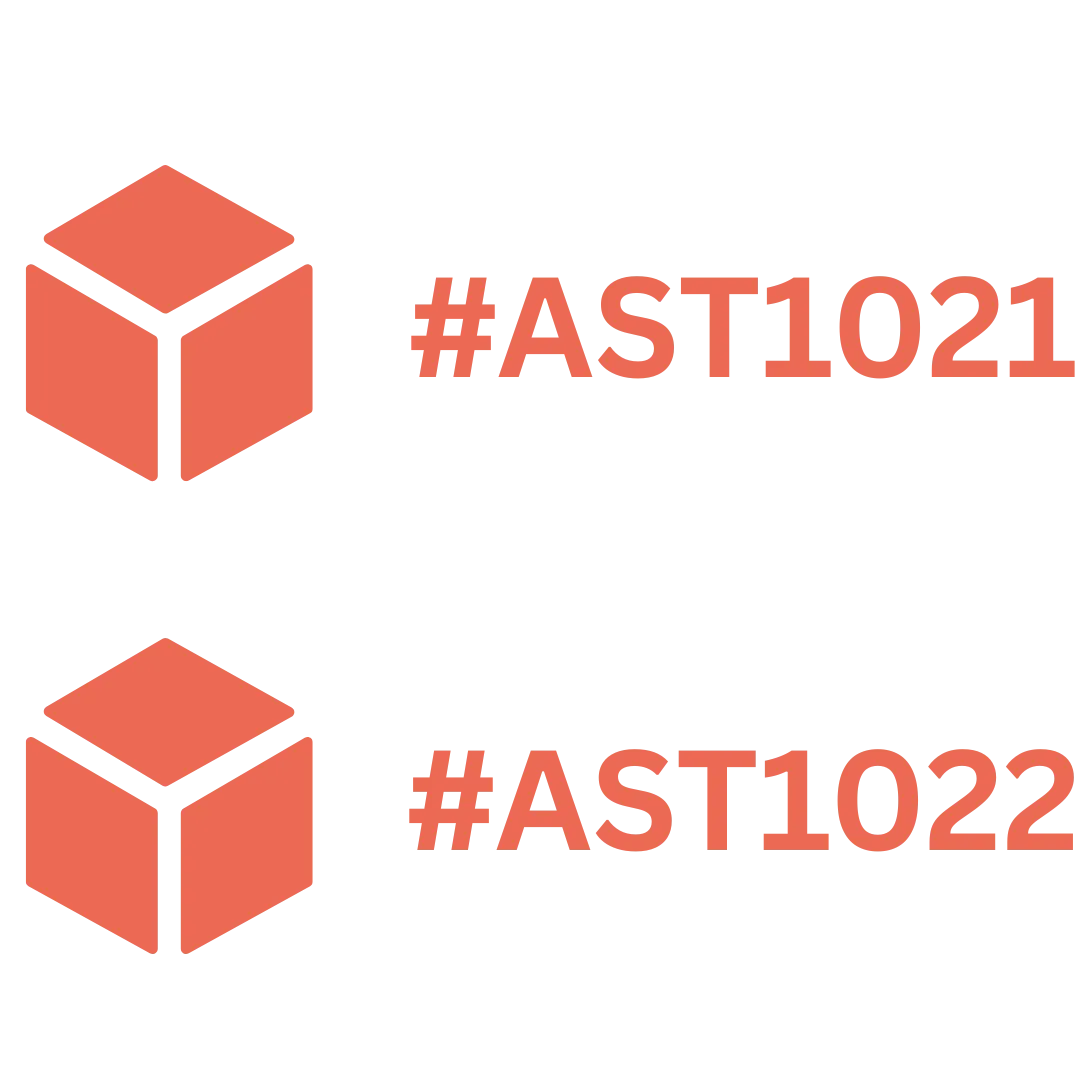




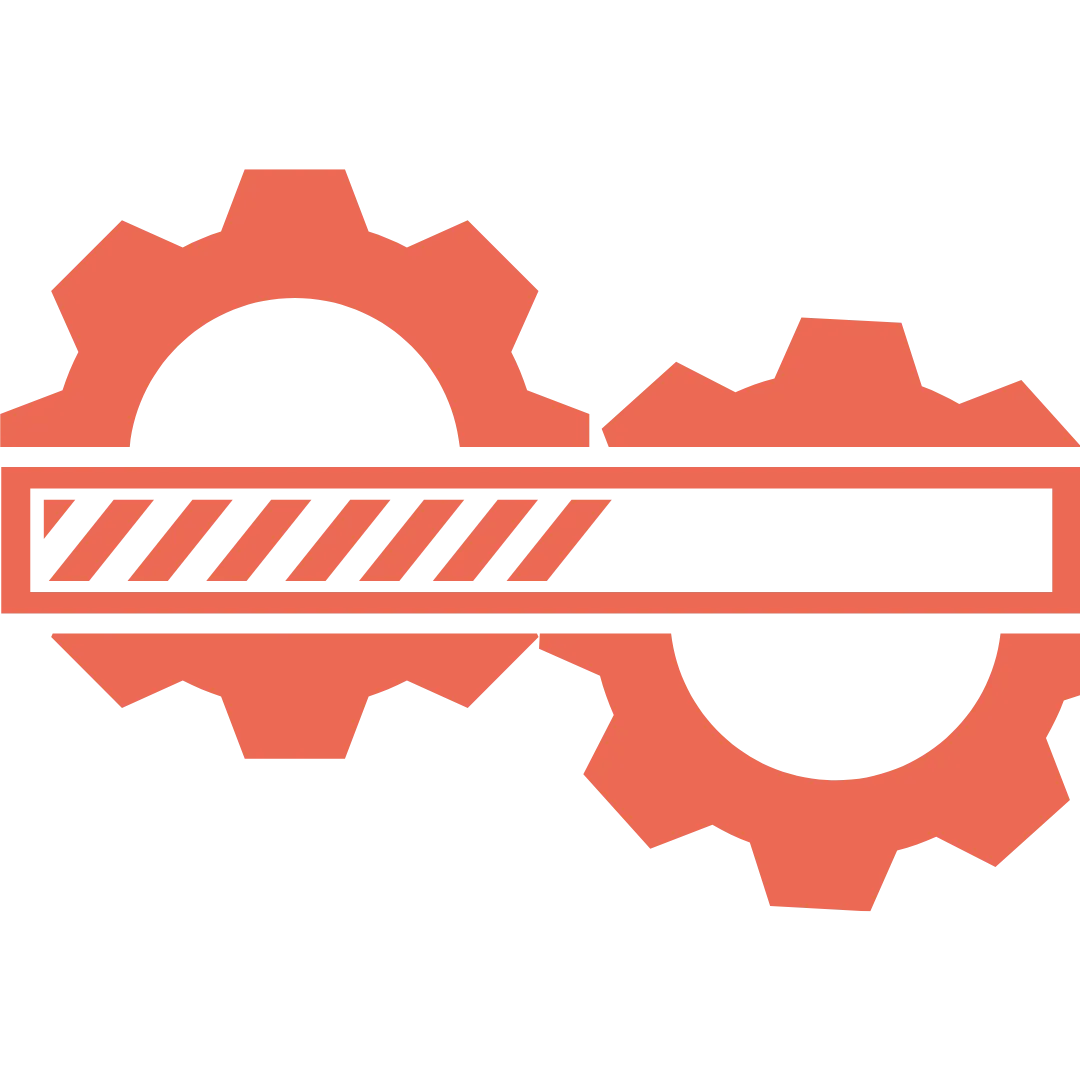
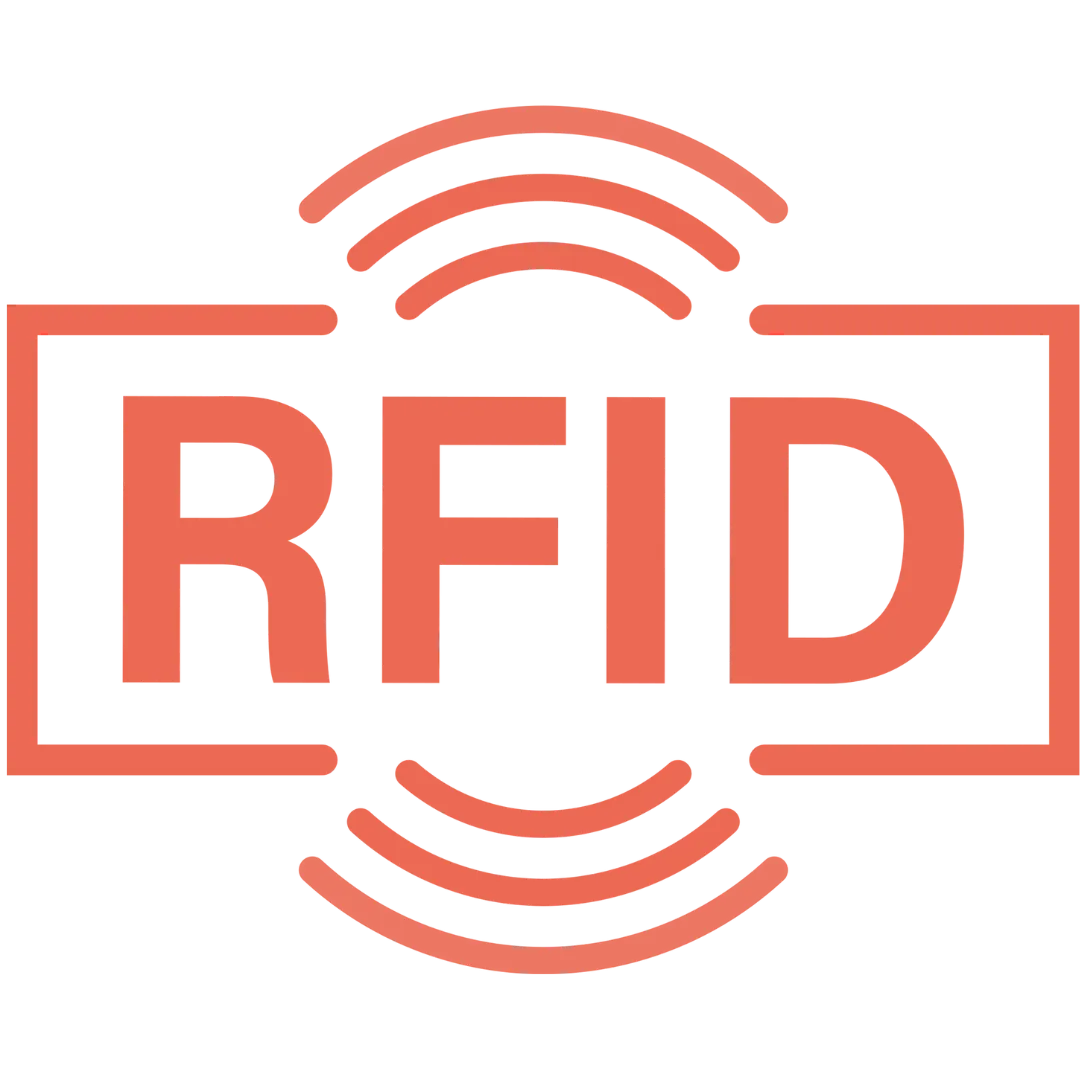

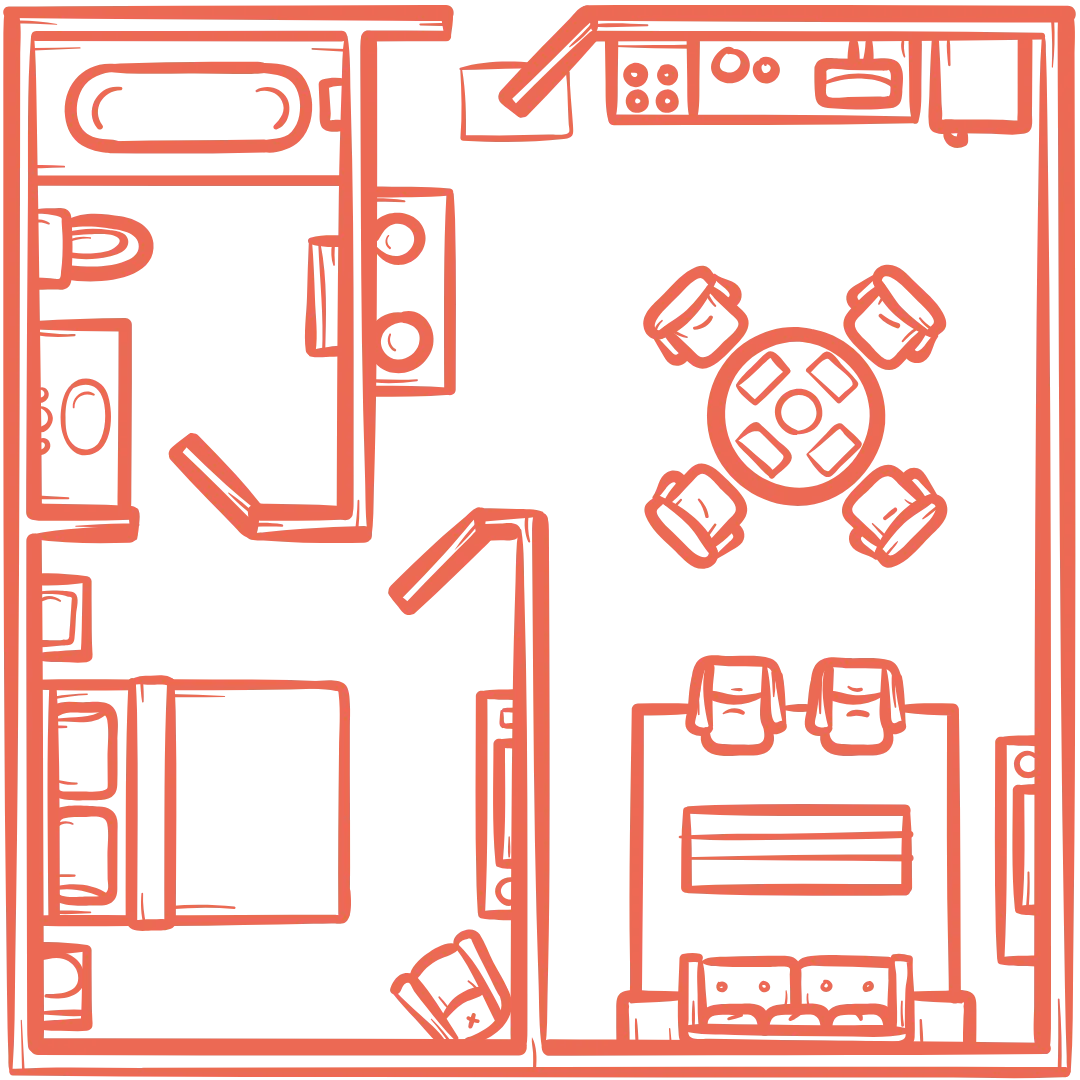




























.webp)
.webp)
.webp)
.webp)
.webp)
.webp)
.webp)
.webp)
.webp)

.svg)




.webp)
.webp)









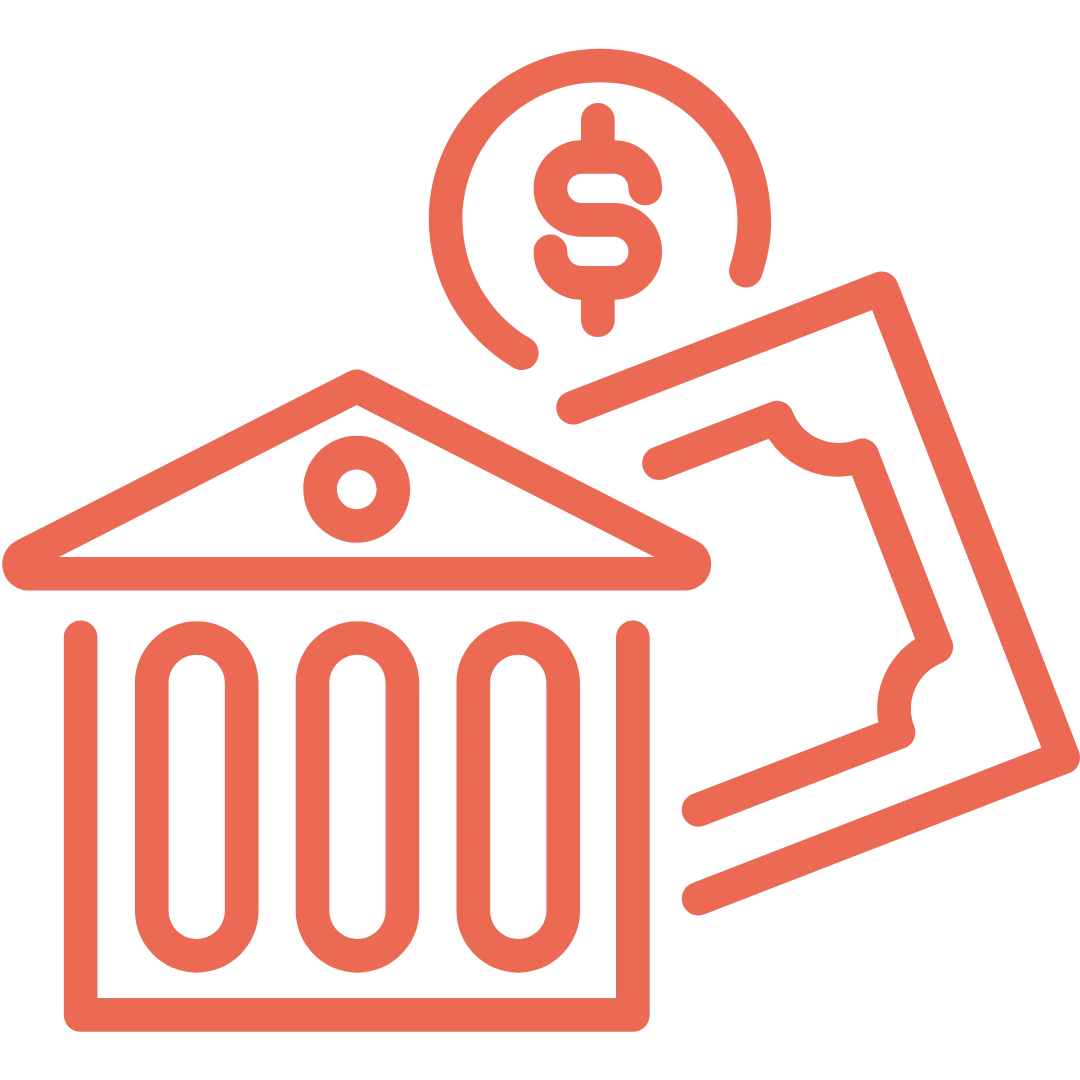




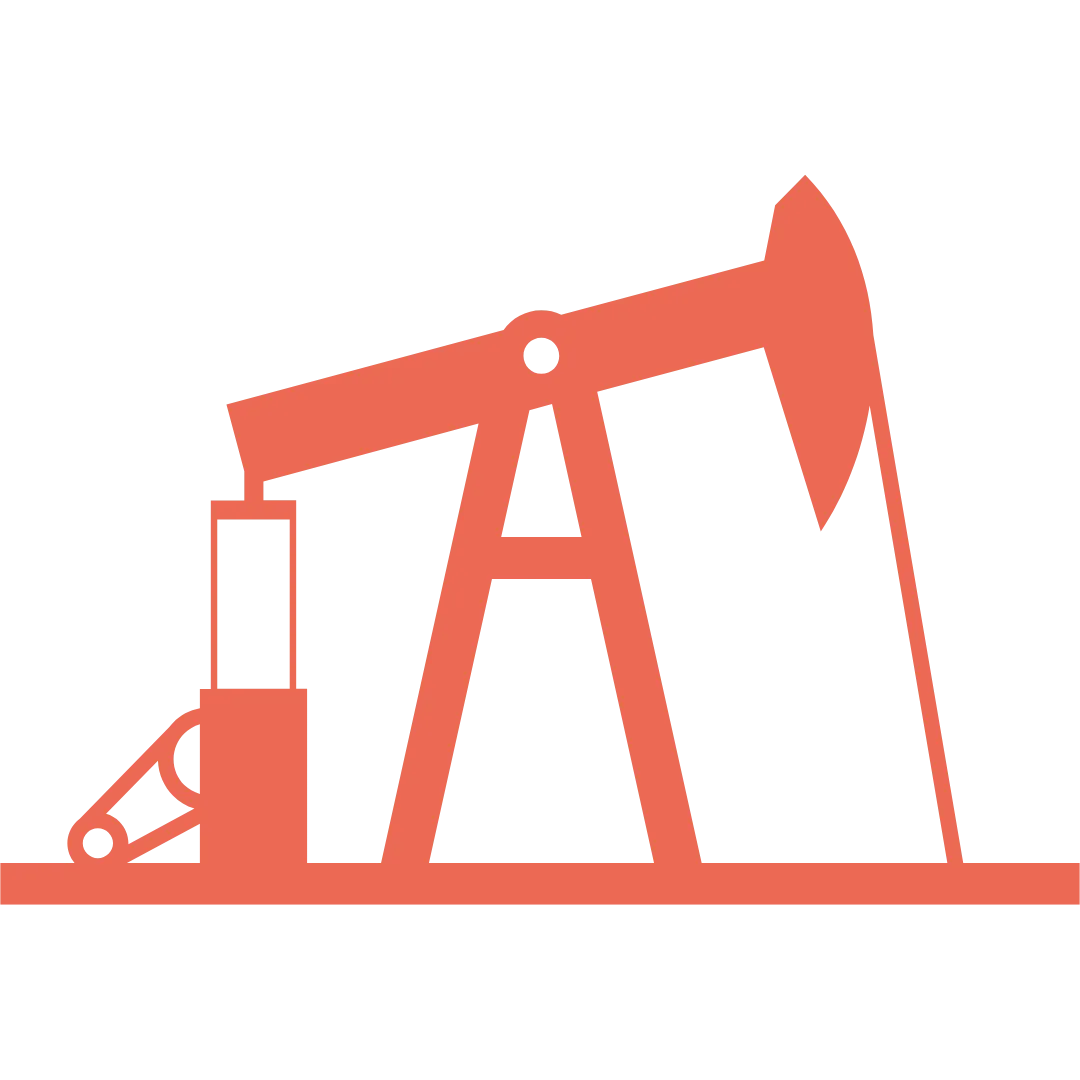




























.png)


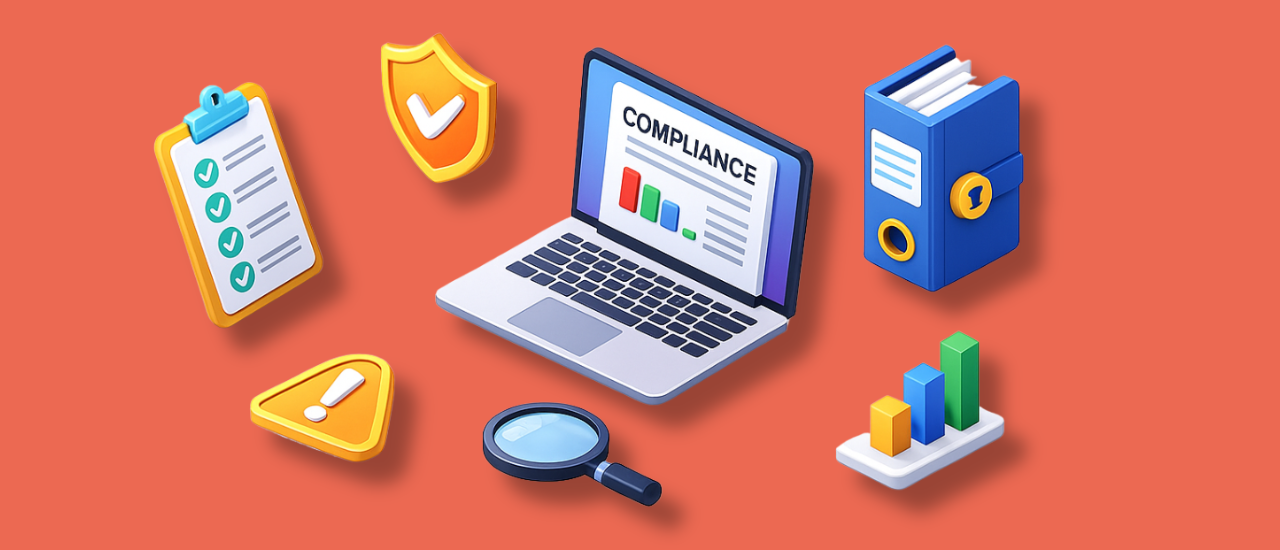
.webp)


















